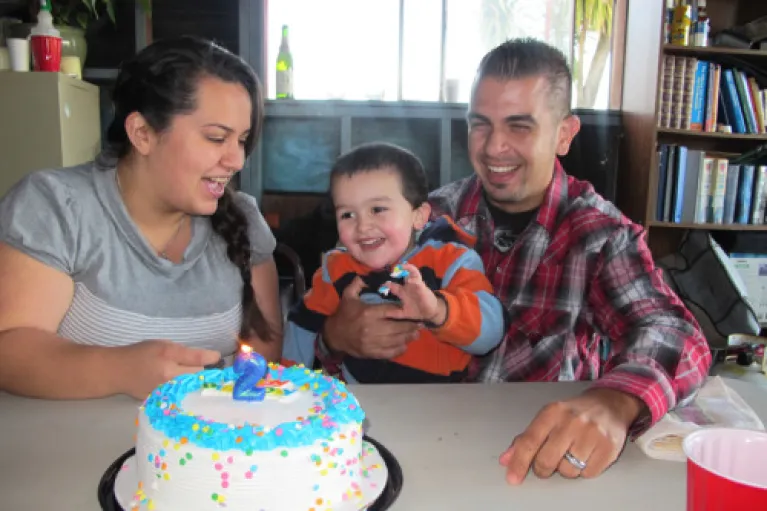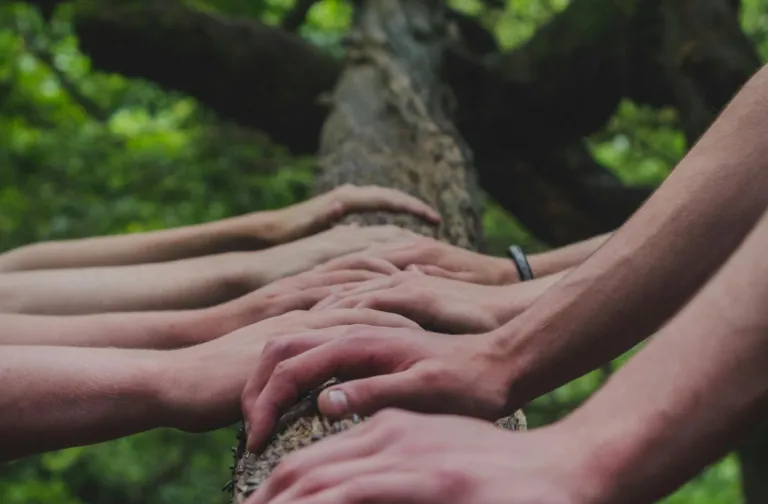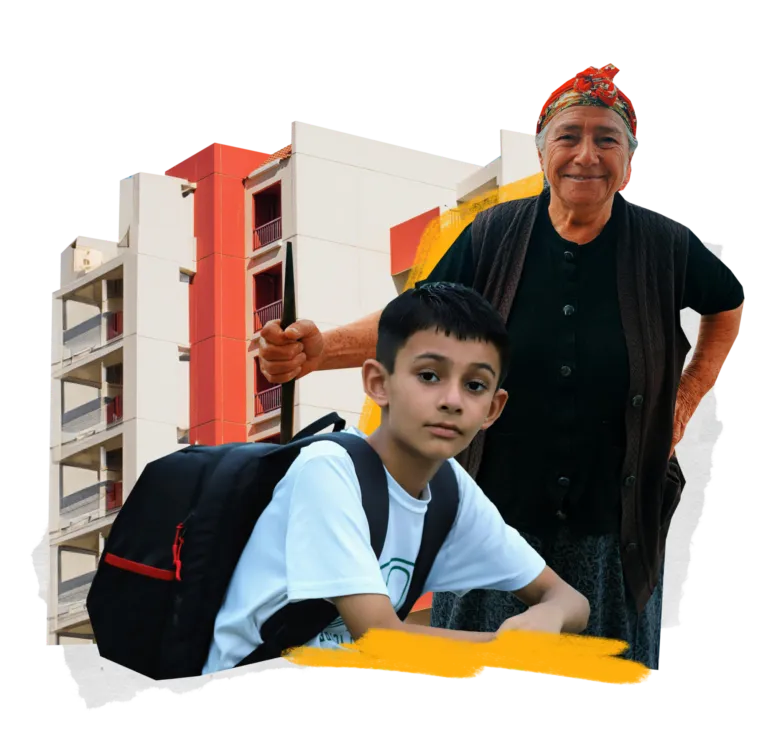Marin City
Marin City was established in World War II, to house 6,000 of the 20,000 workers who migrated from all over the U.S. to build war ships at Marinship in Sausalito. After the war ended, many of the African American shipyard laborers became permanent residents of Marin City either by choice or due to various racial discriminatory laws limiting housing opportunities in other parts of Marin County.
DIVERSITY INEQUITY & EXCLUSION
Marin City is a small, unincorporated community north of the San Francisco Bay, nestled between the cities of Sausalito to the south and Mill Valley to the north, Highway 101 to the east and the hills of Golden Gate National Recreation Area to the west. The entire area is only 1.2 miles across and can be walked in approximately 15 minutes. Around 3,400 residents live there.
While it is perceived as a predominantly African American enclave, the reality is that it has transformed over time to become home to one of the most racially-diverse communities in Marin: 41% White; 24% African American; 24% Asian and 12% two or more races.
The community is anchored by Golden Gate Village, the oldest and largest public housing complex in the County. The 300-unit building houses some 700 people, all low-income families, older adults and people with disabilities. Because of its high land value and views of the Bay, its residents live in constant fear of displacement.
Around 14% of residents live in poverty, compared to 3.8% for Marin County overall. In a county with a median household income of approximately $142,000, Marin City’s is $81,000.
While Marin County is renowned as being the healthiest county in the state, Marin City doesn’t enjoy the acclaim. The average life expectancy in the county is 85; in Marin City, it’s 77 – the shortest of any community in Marin. It has higher asthma rates, thanks to its proximity to Highway 101, along with higher than average levels of diabetes, hypertension, high blood pressure, and cancer. And the highest percentage of babies born with low birthweight. It wasn’t until 2023 that a dedicated grocery store existed.
It is one of the most vulnerable to climate-driven flooding in the entire Bay Area. Its low-lying location makes it particularly susceptible to frequent flooding, especially during heavy rainfalls and king tides, and its singular access road means that residents are trapped when waters rise.
While the community is tight-knit and home to many multi-generational families who choose to live there, Marin City is known more for its challenges than its successes. It is a place of tremendous potential that lives with decades of systemic racism and neglect.






